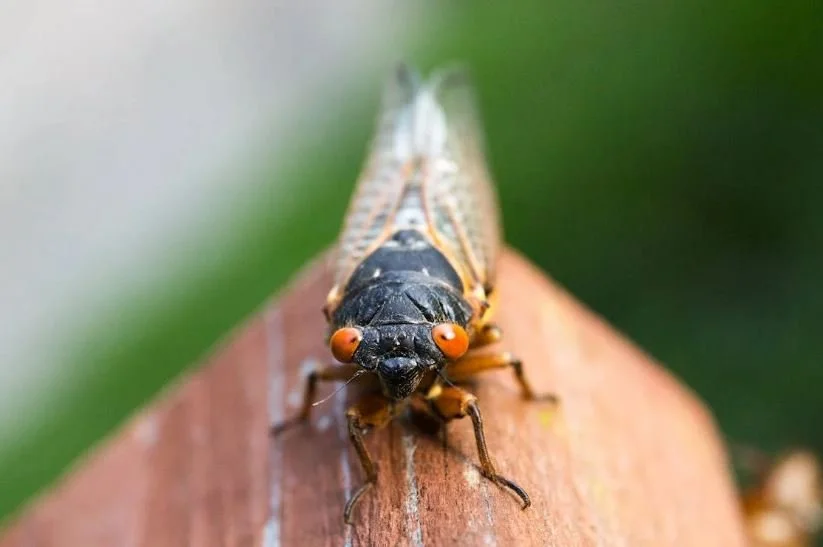Coming Soon: A Trillion Loud, Smelly and Delicious Cicadas
This spring, Americans living in the Southeast and Midwest will be subject to a very loud, somewhat stinky, and possibly delicious phenomenon: the emergence of two ginormous cicada populations. The cicada groups, known as Brood XIX and Brood XIII (also called the Great Southern Brood and Northern Illinois Brood, respectively) are on schedule to appear at the same time in a “dual emergence” that happens only once every 221 years.
The rare timing is due to the broods’ differing cycles – the Northern Brood’s 17-year cycle and the Great Southern Brood’s 13-year period. The last time these broods aligned in the same year, Jefferson was president. “Nobody alive today will see it happen again,” Floyd W. Shockley, entomologist and collections manager at the Smithsonian National Museum of Natural History, tells the New York Times. “That’s really rather humbling.”
Gene Kritsky / Mount St. Joseph University
The big coming-out party will begin in the south in April, the first wave arriving in Louisiana, Mississippi and Alabama. The cicadas tunnel out from the earth and then molt. In a few days the males start buzzing – loudly – as they call for a mate. In chorus, the noise can become dangerously loud.
According to the US Centers for Disease Control and Prevention, the sound of cicadas buzzing can reach 100 decibels, roughly equivalent to a jackhammer or a revving motorcycle. Exposure to the din for 15 minutes can actually cause hearing loss.
The cacophony will spread northward, to Missouri, Illinois, northwestern Indiana, southern Wisconsin and eastern Iowa. For about six weeks, the insects will buzz and mate; eventually the females will deposit their eggs in tree branches. Then they’ll die, leaving behind a pungent aroma, described by Shockley as similar to rotting nuts.
The cicadas are noisy and smelly but otherwise benign. They do not sting or bite, they’re not toxic, and they do not threaten the livelihoods of other species, no matter their overwhelming numbers. In fact, they are a tasty treat for birds and, increasingly, for humans. Cicadas have been showing up on menus in the more adventurous eateries.
There will be an estimated trillion cicadas between the two broods, which, if each bug were laid end to end, would be enough to complete 33 roundtrips to the moon. Humans are advised to leave them be: don’t even think of applying insecticides or other lethal means because it would be futile.
“Don’t be scared of it, embrace it for the wondrous event that it is and embrace the fact that it’s very temporary,” says Shockely. “It will be intense, but short-lived.”
Gene Kritsky / Mount St. Joseph University
Photo credit: Suzanne DeChillo / The New York Times









